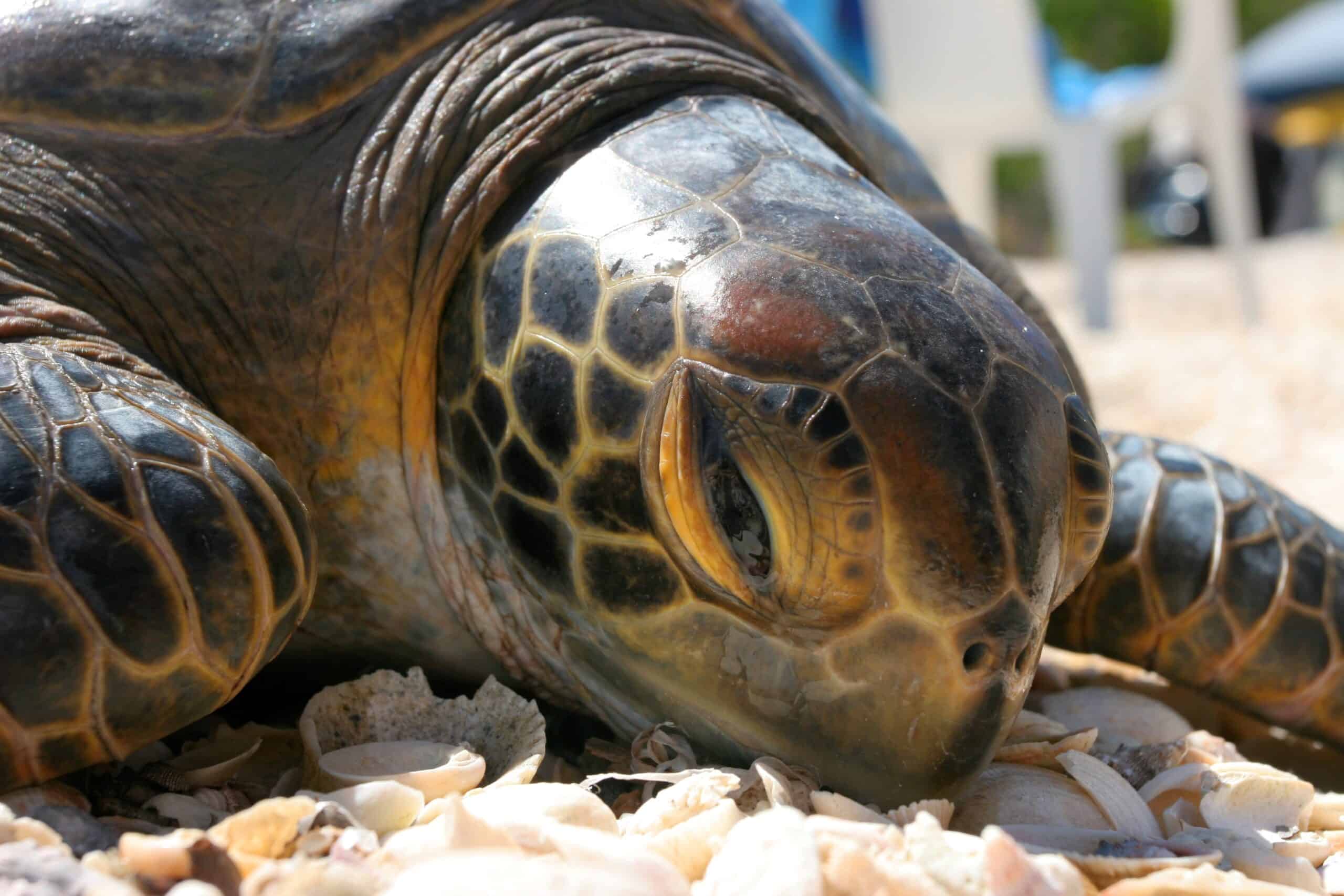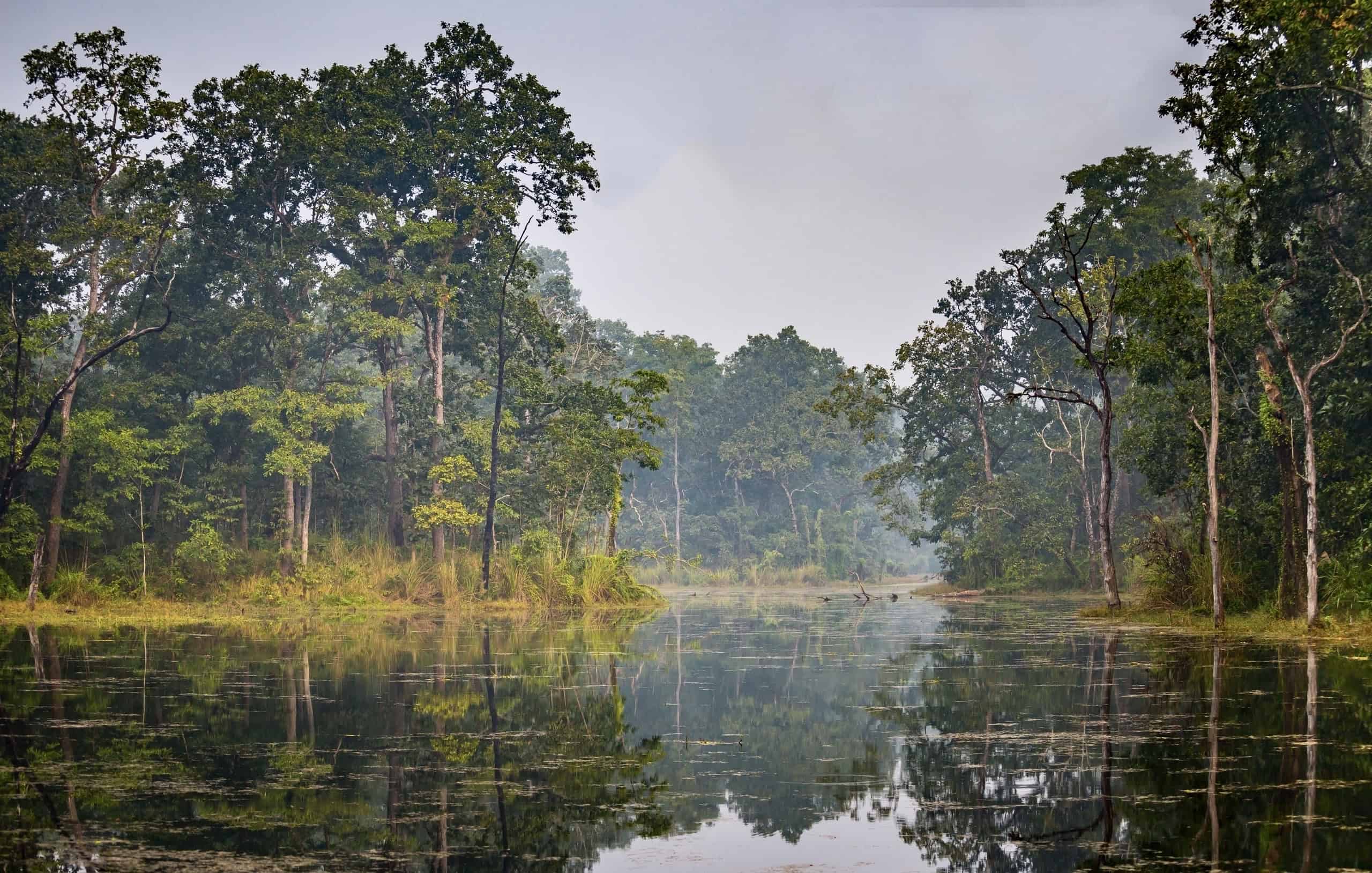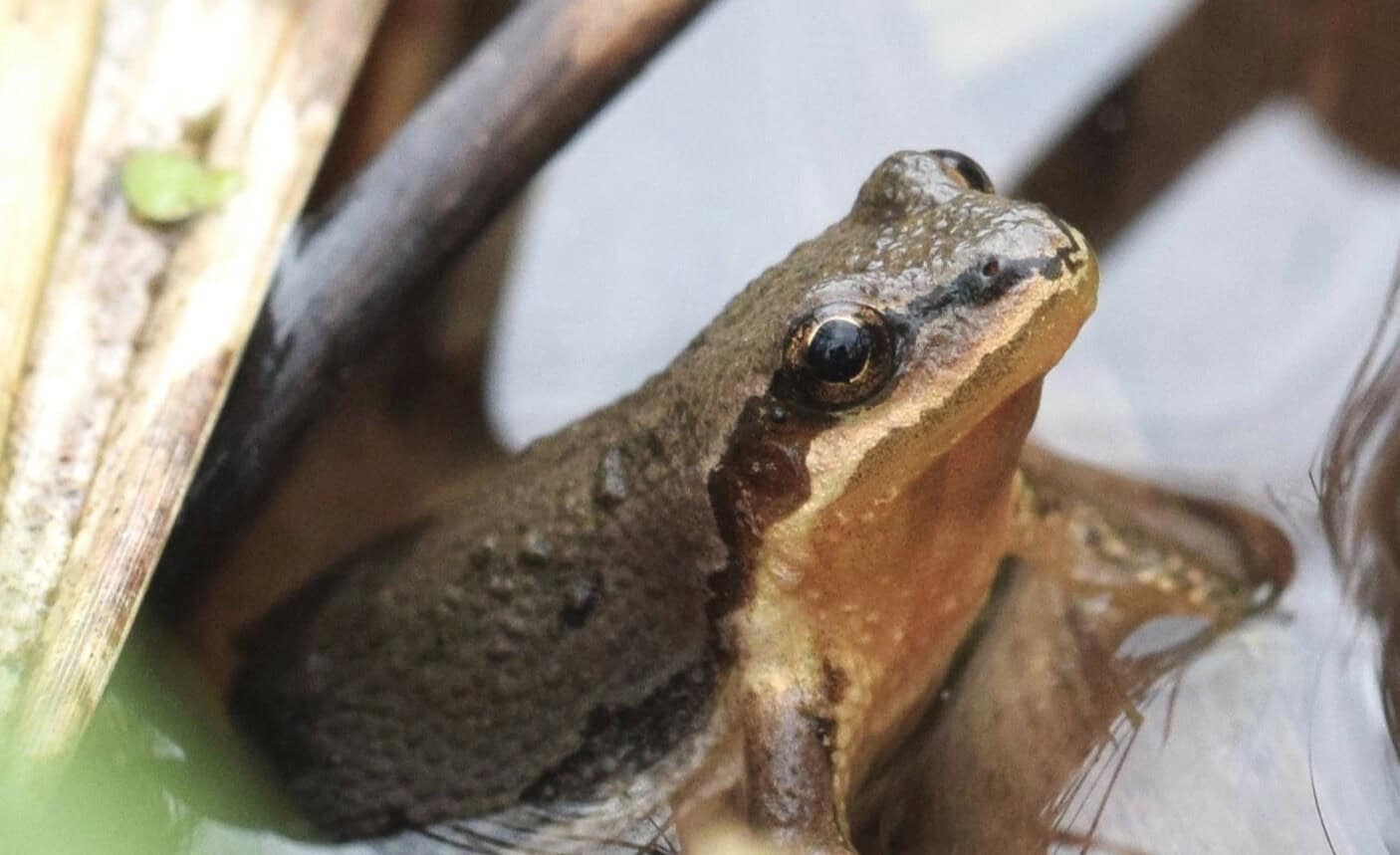Share this article
Wildlife Featured in this article
- Green sea turtle
Cameras reveal the social lives of urban sea turtles
A threatened California population is surprisingly tolerant of one another
Green sea turtles have a reputation for being somewhat combative, but by fitting the reptiles with cameras, researchers studying a threatened population in the San Diego Bay are reconsidering how they think about these elusive creatures.
The footage showed the urban sea turtles have surprisingly busy social lives. It’s just that nobody has ever had a chance to get a close-up look.
“San Diego Bay is one of the most highly urbanized foraging habitats for sea turtles that we know of,” said Andrew Maurer, a postdoctoral associate at the National Oceanic and Atmospheric Administration’s Southwest Fisheries Science Center in La Jolla, California.
The Center has been monitoring green sea turtles (Chelonia mydas) in Southern California since the late 1980s, starting with mark-recapture tracking efforts involving just a few individuals. But despite decades of research on the population, Maurer’s team found that new technology could yield new insights that may reshape their understanding of turtle behavior.
Special turtle tech
The California turtles are part of a distinct population segment considered threatened by the U.S. Fish and Wildlife Service. Most of these turtles came from nests in Mexico, either in the state of Michoacán or on the Revillagigedo Islands, southwest of the Baja Peninsula. Researchers suspect this population has been increasing in recent years, though they haven’t been able to confirm that.
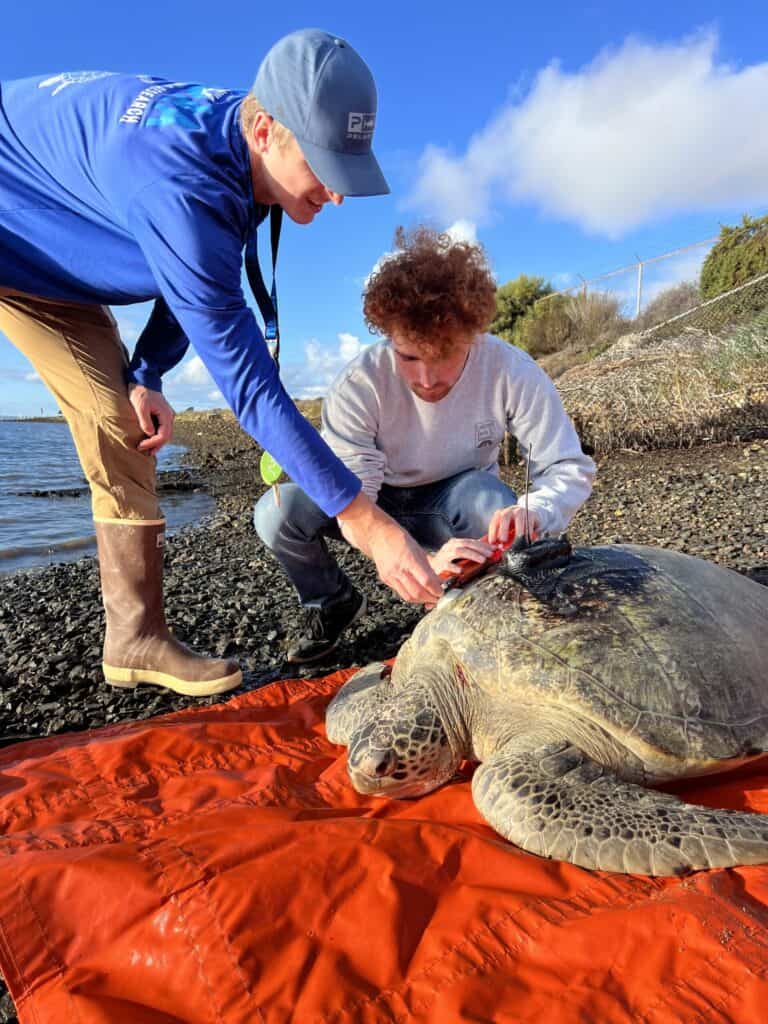
To get more information about this potentially budding population, Maurer’s team used suction cups to attach cameras and various sensors on the shells of 11 turtles. A special material attaching the cameras was designed to corrode after a few days, releasing the cameras and allowing them to float to the surface. The researchers could then track down the cameras by homing in on their GPS tracking devices.
The team is still analyzing the data collected from gyroscopes, accelerometers, thermometers and pressure sensors to learn more about the reptiles’ behavior. But in a study published recently in Ecology and Evolution lead author Cameron Mullaney from the University of San Diego, Maurer and their colleagues described the surprises their cameras uncovered.
Previous research found that green sea turtles were typically agonistic at best, competing for resources and even turning aggressive—biting flippers and such. But people have also witnessed green sea turtles surfacing together, suggesting the turtles may have some level of tolerance for each other.
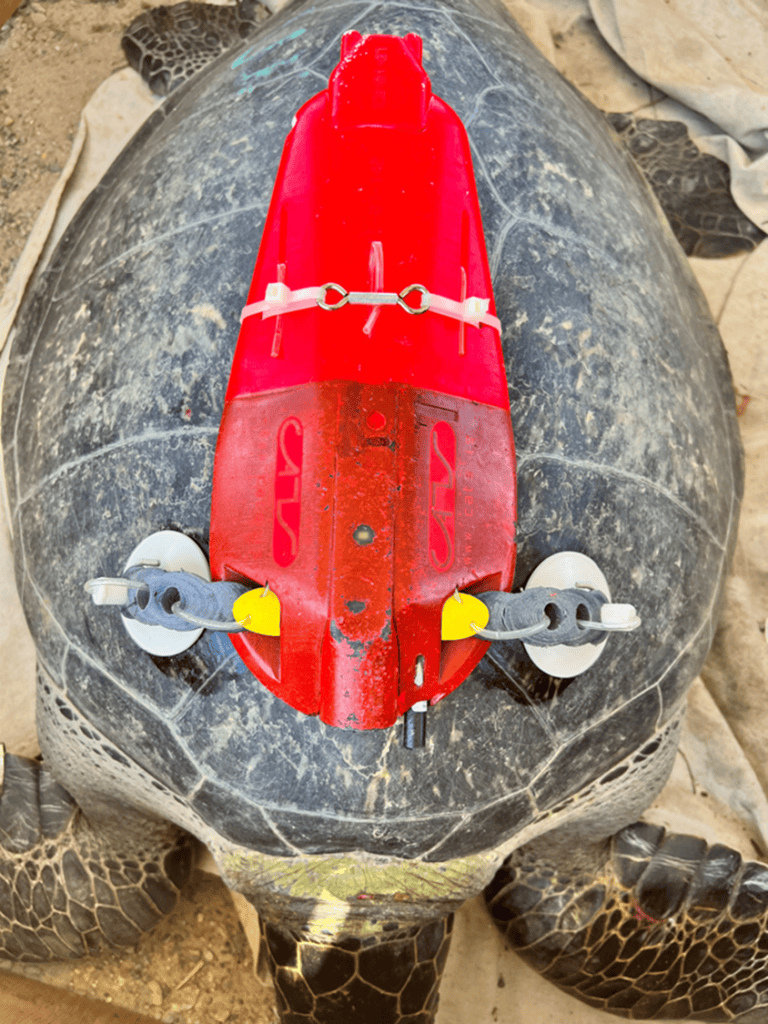
By offering researchers a peek under the surface, the cameras confirmed that the turtles spend a lot of time in close contact with each other without any aggression.
“These underwater cameras give us irrefutable evidence of what’s going on,” Maurer said. “This is a relatively consistent behavior.”
It’s not clear why these San Diego turtles seem to tolerate each other more than turtles elsewhere, Maurer said. It could be that the species has not reached carrying capacity in the area, meaning less competition for resources, but researchers would need more data to be sure.
Underwater scratching posts
The cameras also showed the turtles making the most of the urban environment by rubbing up against hard structures in the bay, like a sunken barge or buoy chains. It’s unclear why the turtles do this, but Maurer speculated they might be trying to exfoliate dead skin or rub off algae. Green sea turtles in other parts of the ocean often make use of reefs, rocks or so-called cleaning stations, where certain fish pick algae and parasites from their bodies. Since none of these stations has been identified in San Diego Bay, it’s possible the turtles are taking advantage of the human-made environment.
Or, Maurer said, “we can’t rule out that they just enjoy the sensation.”
The use of these structures suggests that while clean-up operations targeting underwater junk may have its advantages, it may not be so beneficial to turtles. In an urban underwater environment like San Diego Bay, features like this may be among those that are helping a social population of sea turtles thrive.
Header Image: Green sea turtles live surprisingly social lives in San Diego Bay. Credit: Jon Avery/USFWS



